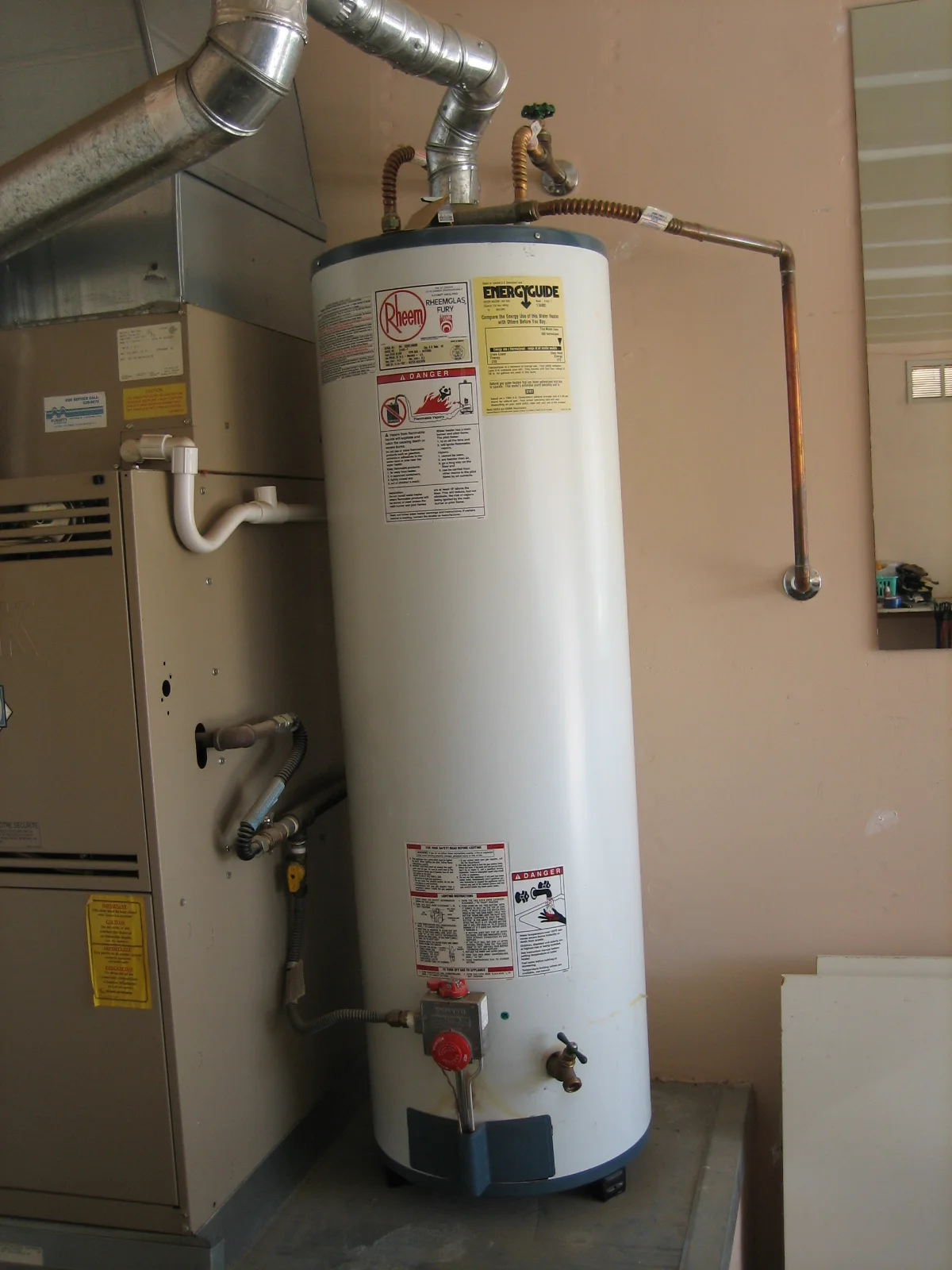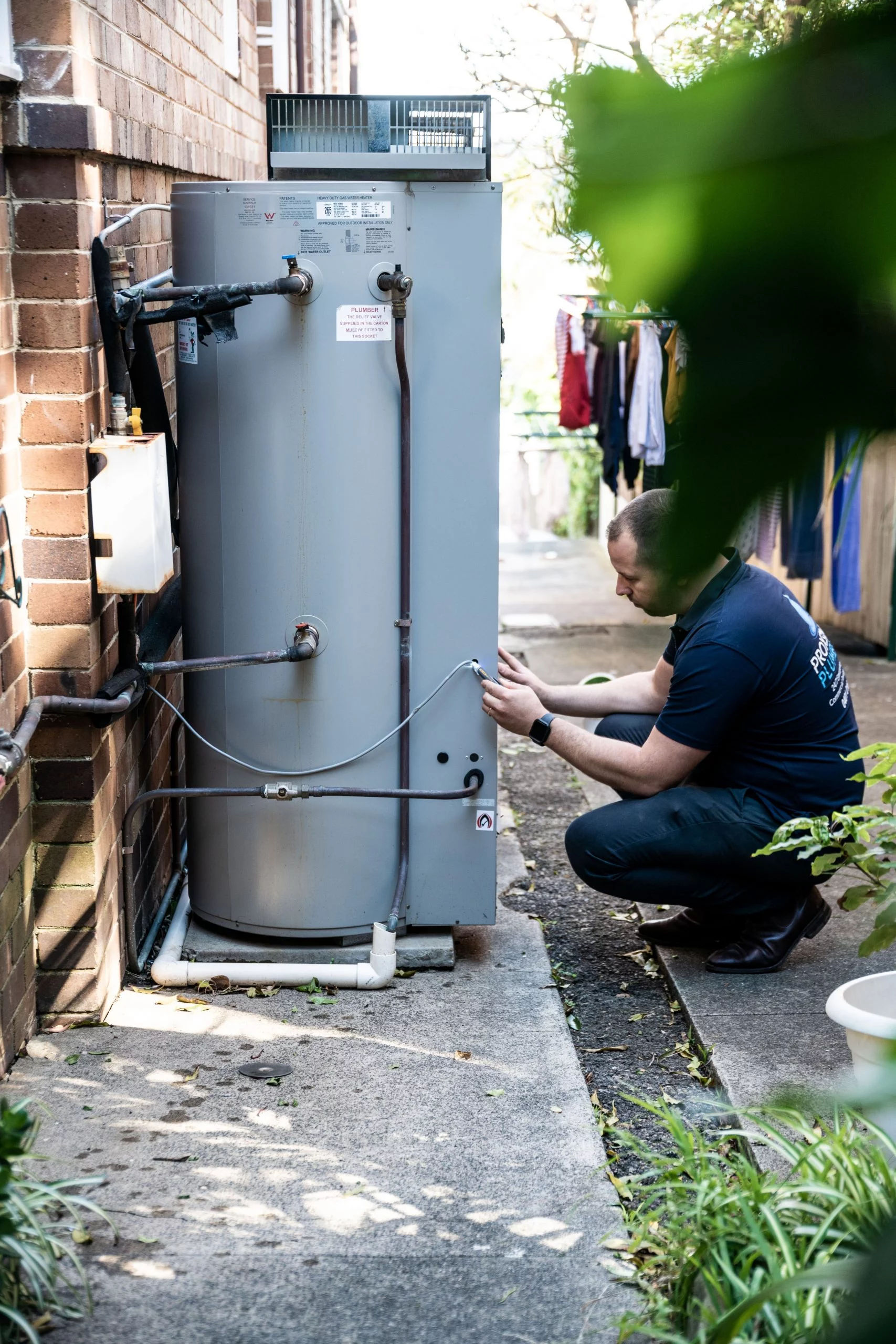Ensuring Longevity of Your Home's Hot Water System: Care Tips
Call TodayWhat're your thoughts on Water Heater Maintenance Tips You Can't Afford to Forget?

Hot water is important for daily convenience, whether it's for a revitalizing shower or cleaning dishes. To ensure your warm water system runs effectively and lasts longer, regular upkeep is crucial. This post offers practical pointers and understandings on exactly how to maintain your home's warm water system to prevent disruptions and pricey fixings.
Introduction
Maintaining your home's warm water system may seem overwhelming, however with a few straightforward actions, you can ensure it runs smoothly for years ahead. This guide covers everything from recognizing your hot water system to do it yourself maintenance tips and knowing when to employ expert aid.
Value of Maintaining Your Warm Water System
Regular upkeep not only expands the lifespan of your warm water system yet also guarantees it runs efficiently. Overlooking upkeep can lead to reduced effectiveness, greater energy expenses, and also early failure of the system.
Signs Your Warm Water System Demands Maintenance
Knowing when your hot water system requires focus can prevent major problems. Keep an eye out for indications such as irregular water temperature level, strange noises from the heating unit, or corroded water.
Purging the Water Heater
Flushing your water heater eliminates debris build-up, boosting efficiency and prolonging its life.
Checking and Replacing Anode Rods
Anode poles stop deterioration inside the container. Inspecting and replacing them when worn out is important.
Complicated Problems Calling For Specialist Aid
Instances consist of significant leakages, electric troubles, or if your water heater is consistently underperforming.
Routine Professional Maintenance Benefits
Professional maintenance can consist of complete assessments, tune-ups, and making certain conformity with safety and security criteria.
Evaluating and Readjusting Temperature Level Setups
Changing the temperature settings guarantees ideal performance and safety.
DIY Tips for Upkeep
You can execute numerous upkeep jobs yourself to maintain your warm water system in top problem.
Looking for Leaks
Consistently check pipes and links for leaks, as these can lead to water damages and higher costs.
Comprehending Your Hot Water System
Prior to diving into upkeep tasks, it's helpful to recognize the basic parts of your hot water system. Typically, this consists of the water heater itself, pipelines, anode rods, and temperature level controls.
Monthly Upkeep Tasks
Regular month-to-month checks can assist capture minor concerns before they rise.
Evaluating Stress Relief Valves
Examining the stress relief valve guarantees it functions properly and protects against excessive stress accumulation.
Insulating Pipelines
Protecting hot water pipelines decreases warmth loss and can save energy.
When to Call a Specialist
While DIY upkeep is useful, some issues call for professional expertise.
Conclusion
Normal maintenance of your home's warm water system is vital for efficiency, durability, and cost financial savings. By following these ideas and knowing when to look for professional aid, you can guarantee a trusted supply of hot water without unanticipated disruptions.
How to Maintain an Instant Hot Water Heater
Before tinkering with your hot water heater, make sure that it’s not powered on. You also have to turn off the main circuit breaker and shut off the main gas line to prevent accidents. Also turn off the water valves connected to your unit to prevent water from flowing into and out of the appliance. 2. When you’re done, you have to detach the purge valves’ caps. These look like the letter “T†and are situated on either side of the water valves. Doing so will release any pressure that has accumulated inside the valves while at the same time avoid hot water from shooting out and burning your skin. 3. When the purge valves’ caps are removed, you have to connect your hosing lines to the valves. Your unit should have come with three hoses but if it didn’t, you can purchase these things from any hardware or home repair shops. You can also get them from retail stores that sell water heating systems. Read the user’s manual and follow it to complete this task properly. When the hosing lines are connected, open the purge port’s valves. 4. You should never use harsh chemical cleaners or solutions when cleaning your unit. Make use of white vinegar instead. It should be undiluted and you’ll probably use about 2 gallons. 5. Now flush your water heater. This task should probably take about 40 minutes. We can’t give you specific directions for this because the procedure is carried out depending on the type, model and brand of your heater. With that being said, refer to the user’s manual. 6. When you’re done draining the unit, you have to turn off the purge port valves again. Remove the hosing lines that you earlier installed on each of the water valves. Put the valve caps (purge port) back in their respective places and be very careful so as not to damage the rubber discs that are found inside these caps. 7. Now that everything’s back in place, check your user’s manual again to find out how to reactivate your water heating system. 8. Once it is working, turn one of your hot water faucets on just to let air pass through the heater’s water supply pipes. Leave the tap on until water flows smoothly out of it. https://www.orrplumbing.com/blog/2014/september/how-to-maintain-an-instant-hot-water-heater/

Hopefully you enjoyed our section on What Kind of Maintenance Do Water Heaters Need?. Thanks a lot for spending some time to read through our post. Do you know somebody else who is very much interested in the topic? Be sure promote it. I am grateful for being here. Kindly visit our blog back soon.
Book Now